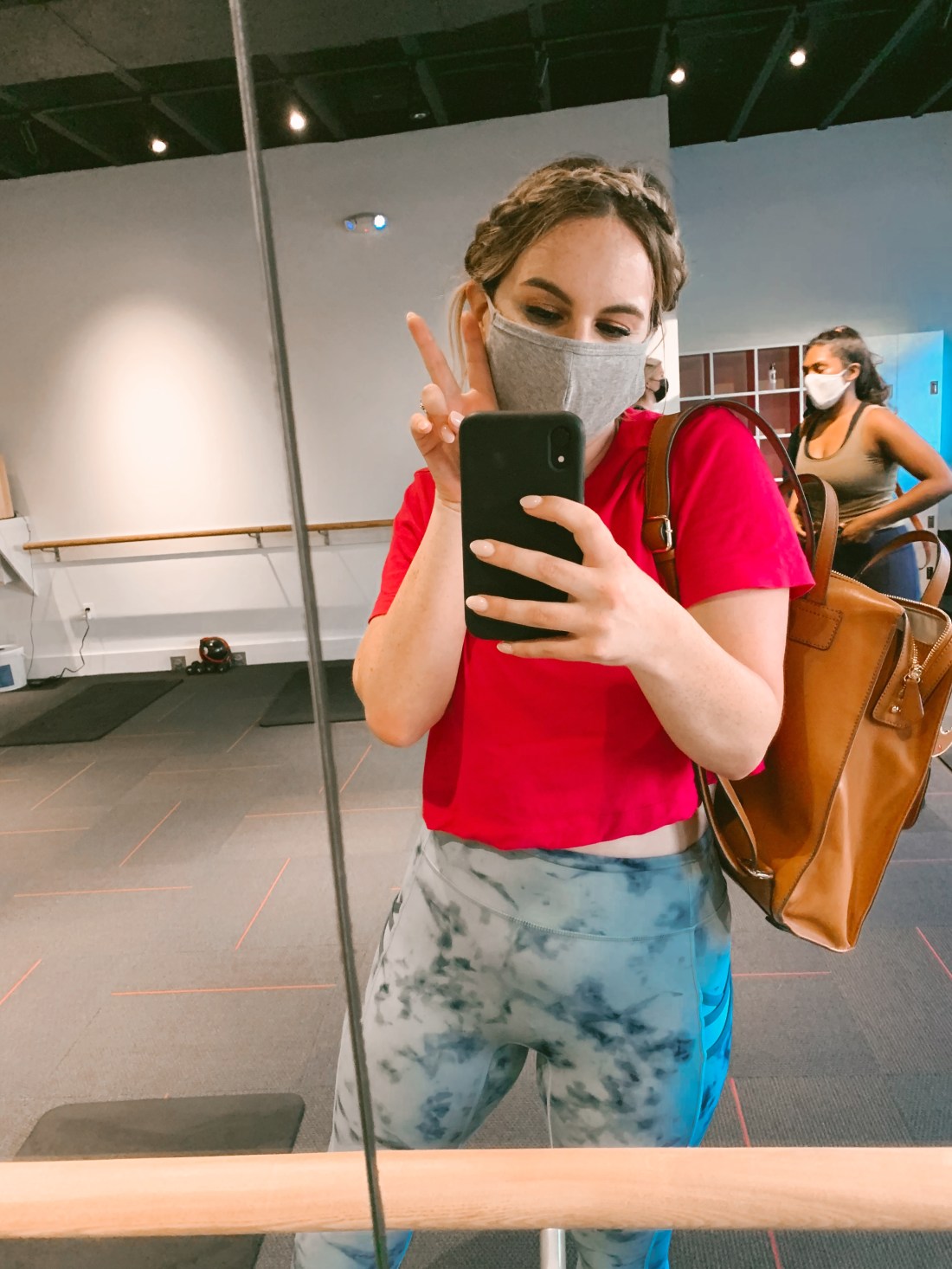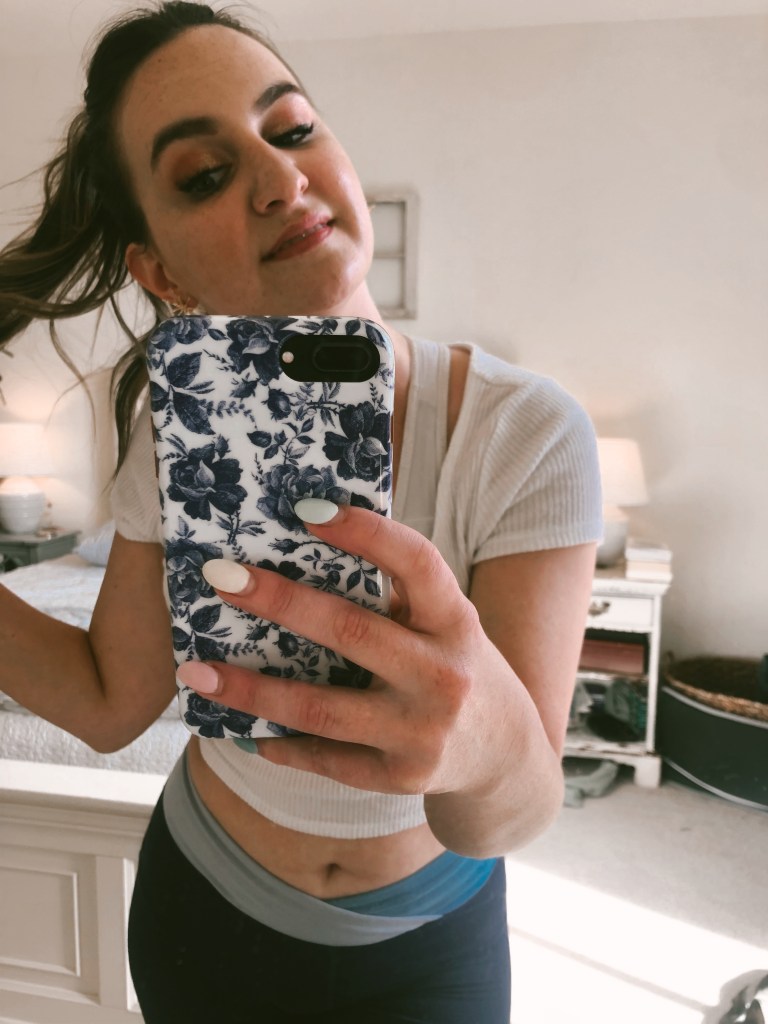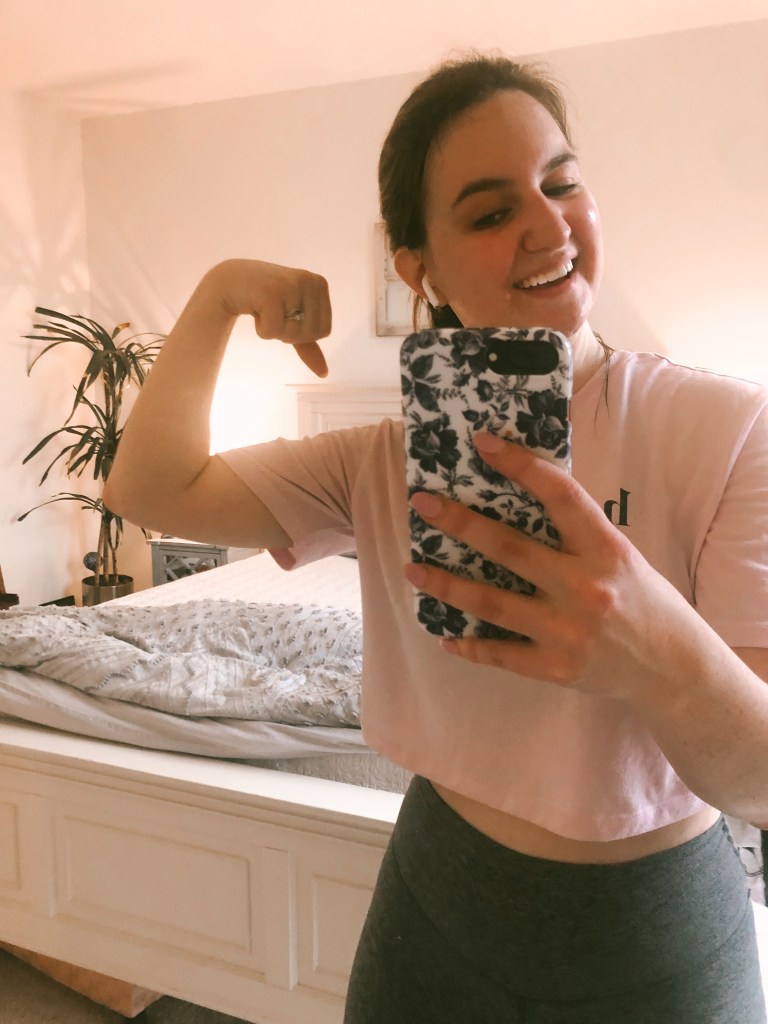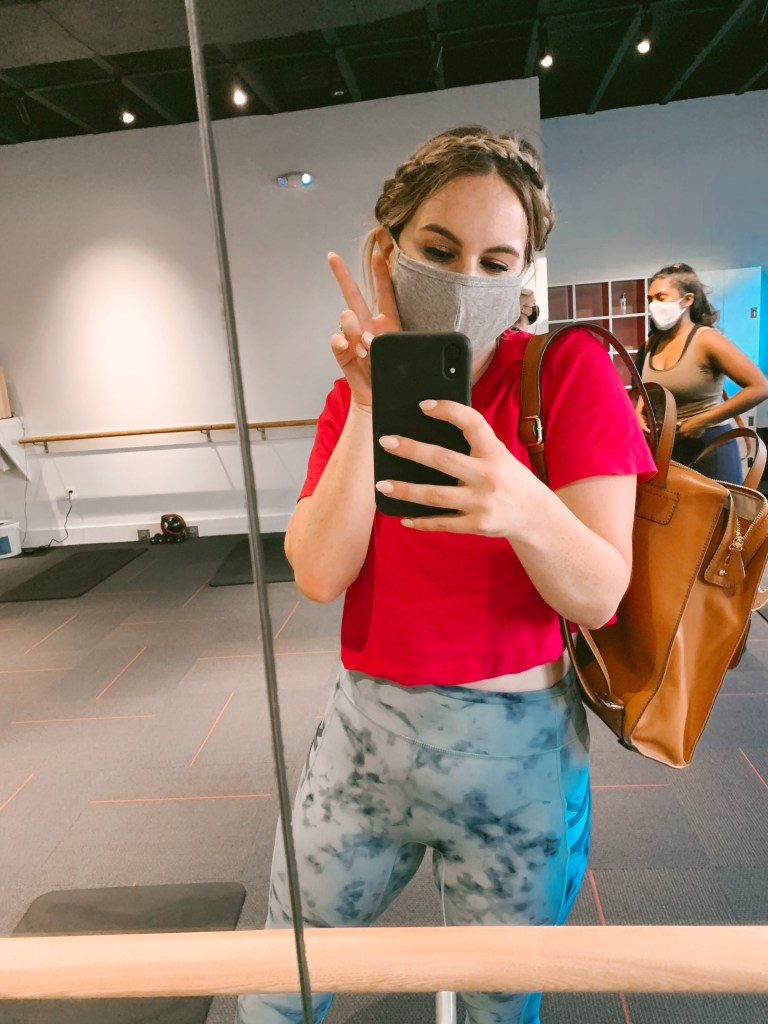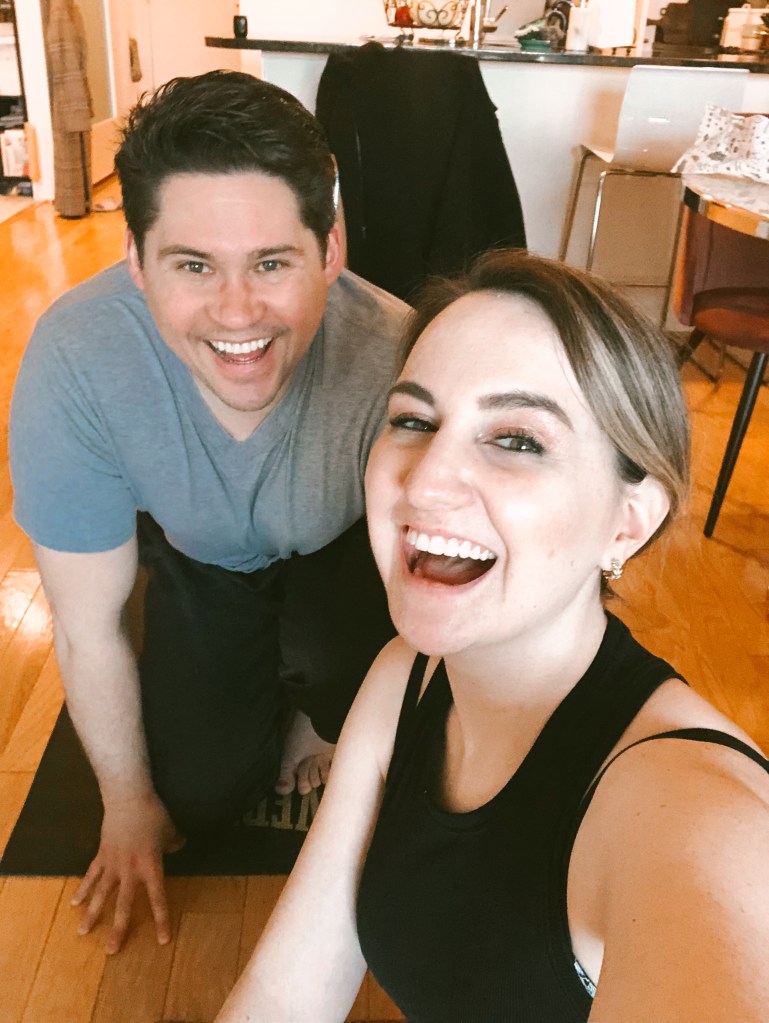We’ve all seen *those* physical fitness posts. You walk away after reading feeling guilty because you feel somehow less than the writer of the piece. I don’t want any readers to leave feeling that way.
So here’s what this piece is not about. It’s not about losing weight. It’s not about out-competing someone else in your life. And I especially don’t want anyone walking away from reading this feeling guilty about their physical fitness and/or workout schedule (or lack thereof).
This piece is about setting goals and sticking to them.
I want readers to walk away feeling equipped and empowered to tackle, re-up, or recalibrate their preexisting workout goals in a way that works with their lifestyle.
So here are a few different tips and methods I have found that work for me:
- Set tangible, measurable, but flexible goals
When you first start working out it can be easy to go whole hog into setting a goal. The excitement from starting a workout routine can get in the way of a clear-eyed assessment of what you’ll actually stick to. Some people like to make rigid goals with little wiggle room to make excuses for not showing up. While this may work for some, I’ve found that such inflexible goals don’t work for me.
Instead, I set goals with the flexibility that I need for my lifestyle. That means setting goals with both the short-term and long-term in mind. At the beginning of 2021, I set a goal of working out 15 to 20 times per month. I set a goal like this because rather than prescribing how many times I workout per week, I have a whole month to either slow down or speed up and still stay on top of goals.
It’s a lot easier to screw-up a weekly goal than it is a monthly one. Maybe it’s just me, but I get very frustrated when I don’t meet a goal. So if I were to only work out three times in a week when I explicitly set a 4-time per week workout goal, I would be more likely to abandon the exercise entirely (no pun intended). This is why monthly goals work for me. Some weeks are busier than others, so in setting a monthly goal you still have the time to make up for a slower week or two.
My final thoughts on goal-setting is that you need to have grace for yourself. If you set a goal and fall off the bandwagon, that doesn’t have to be the end of the road. I only made it halfway through last year’s goals of doing 15 Pure Barre classes per month. When I missed my goal one month, I gave into feelings of guilt rather than giving myself grace. Whatever you do, don’t do that.
Grace-filled goal making is perhaps the best thing you can do for yourself.
2. Adopt a system of accountability
I like to think of myself as a pretty disciplined person, but without external accountability it can be challenging to stick to a goal. Here are a few tried and true accountability mechanisms I’ve tried:
- Have a workout buddy. When I first got back into working out after a brief hiatus during a busy season of grad school, I decided to pick up Pure Barre. When I first started, I wasn’t in a rhythm of working out and certainly was not accustomed to waking up at 5:30 am to make a 6 am class on Capitol Hill. Having my friend Tori there as accountability (and the $20 penalty for cancelling class) helped me to show up. It was great to have a buddy who could tell me to keep on going when I was having a less than stellar class and to push me into the studio on a cold morning in December.
- Do a short-term challenge. Sometimes you need a challenge to kickstart your good workout habits. One of my friends from college suggested doing a 3-month challenge to workout everyday. Every day we logged our workout in a shared Google doc. Anytime we didn’t workout, we had to pay $1 into a collective pool that would go to the winner of the challenge (i.e. the person or people who worked out the most). This was a fun way to stay in touch and to challenge each other to get moving each day. Another added perk was that we each posted what we did to workout (Pure Barre, Orange Theory, a Tone-It-Up session online, a 10 minute ab intensive, a run). This helped us to get creative ideas for how to mix up an otherwise potentially monotonous workout routine. It also served as a reminder that there is more than one way to get moving and increase our physical fitness.
- Post on social media about your goals. I have found it remarkably helpful to have support from a community to stick to my goals. What is the phrase? It takes a village. 🙂 You might not always have a friend group ready to hop on a short-term challenge, so sometimes you may need accountability for those longer-term goals. I do this by posting on my Instagram Stories about my workouts. In those posts, I’ll post a photo (some more flattering than others) ;), the workout # I have completed out of 15, and the type of workout I completed. In doing so, I feel like I have my whole IG community behind me when I go to workout. It’s as satisfying as checking an item off of your to-do-list. Trust me!
3. Pick a workout form that you are excited to do on a regular basis.
This is pretty commonsense, but if you hate the workout you’re doing, you’re less likely to stick to it.
I have many friends who absolutely adore running. Some people love cycling, while others love barre. Some like CrossFit and weight lifting, while others prefer to stick to cardio. These days, there truly is something out there for everyone (and their goals). The one workout that consistently brings me joy is Pure Barre. I love the structure of classes, and the fact that classes remind me of some of the methods from my days training to be a ballerina. The routine is predictable, but not mundane. I’ll wake-up early or push dinner to later in the evening just to squeeze in a class. In other words, I’ll make sacrifices to ensure that Pure Barre happens because I feel better when I take class.
Finding what works for you may mean deferring setting a goal to figure out what types of workouts bring you most joy. Once you’ve settled on one or two workout variations, set goals that are manageable considering the demands of the workout you’ve chosen. Some workouts demand more rest time than others (that’s okay!). Calibrate for your needs and the demands of the workout.
Finally, different seasons may require different workouts. When I’m really stressed out, rather than doing a strenuous and lengthy Pure Barre workout or go for a run, I will often default to yoga, or a shorter intensive ab workout, that gives my mind and body the space to still move, but not create an additional burden during a busy day or season. That’s a huge component of setting flexible goals. There should be room to calibrate on a daily, weekly, and monthly basis to meet your body’s needs.
I hope that this piece is a good starting place for managing and setting fitness goals. Whether you’ve stayed true to fitness goals you set in January or are looking for a new challenges in the second half of the year, I hope you’ll give some of these suggestions a try.
Have more questions about setting goals and sticking to them? Drop a question in the comments below and I will be sure to answer them in a future installment on physical fitness.
Cheers loves,
Liv
For while bodily training is of some value, godliness is of value in every way, as it holds promise for the present life and also for the life to come. ~ 1 Timothy 4:8
